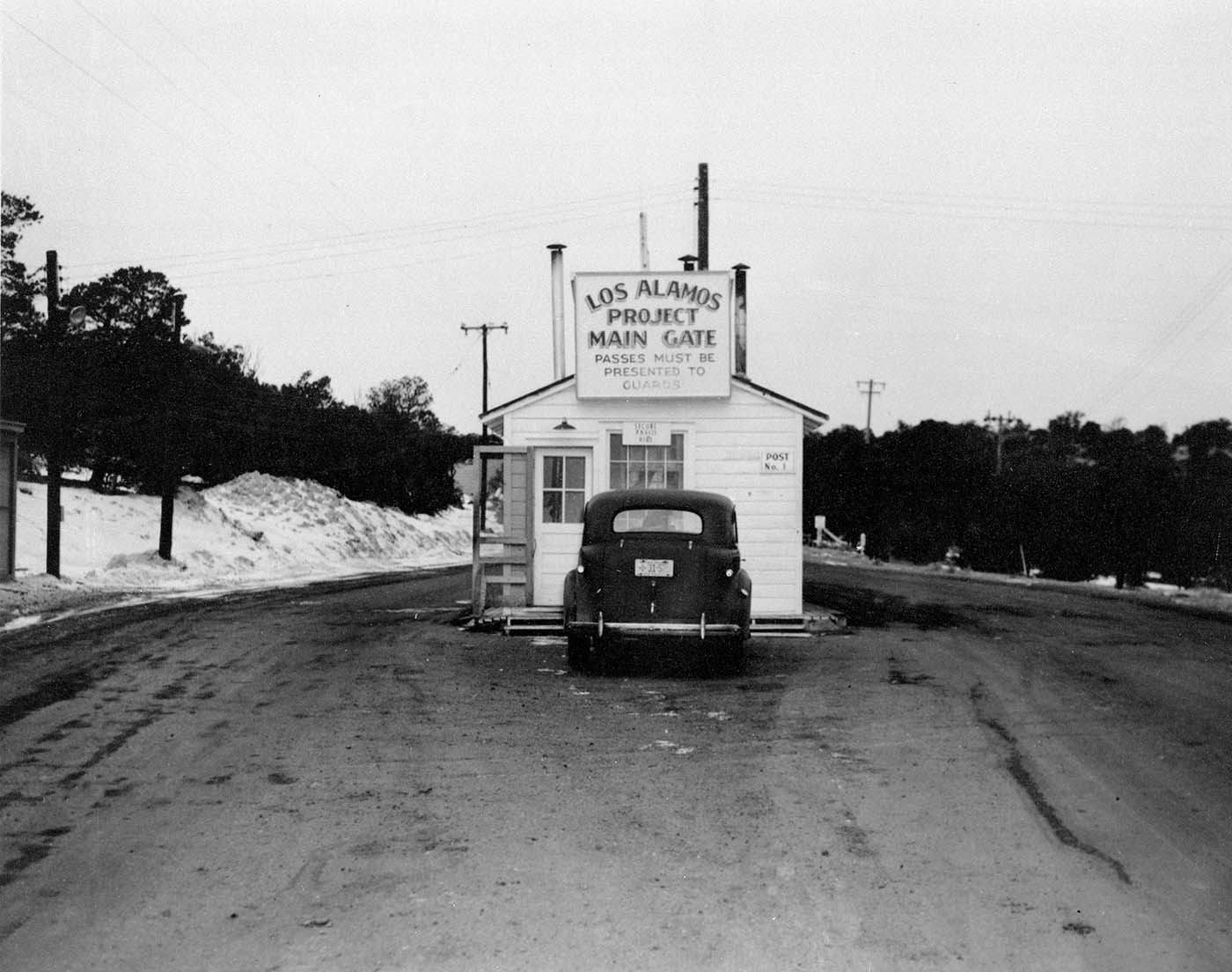The Manhattan Project: Making the Atomic Bomb
Part IV: The Manhattan Engineer District in Operation
Los Alamos
The final link in the Manhattan Project's far flung network was the Los Alamos Scientific Laboratory in Los Alamos, New Mexico. The laboratory that designed and fabricated the first atomic bombs, codenamed Project Y, began to take shape in spring 1942 when Conant suggested to Bush that the Office of Scientific and Research Development and the Army form a committee to study bomb development. Bush agreed and forwarded the recommendation to Vice President Wallace, Secretary of War Stimson, and General Marshall (the Top Policy Group). By the time of his appointment in late September, Groves had orders to setup a committee to study military applications of the bomb. Meanwhile, sentiment was growing among the Manhattan scientists that research on the bomb project needed to be better coordinated. Oppenheimer, among others, advocated a central facility where theoretical and experimental work could be conducted according to standard scientific protocols. This would insure accuracy and speed progress. Oppenheimer suggested that the bomb laboratory operate secretly in an isolated area but allow free exchange of ideas among the scientists on the staff. Groves accepted Oppenheimer's suggestion and began seeking an appropriate location.

The search for a bomb laboratory site quickly narrowed to two places in northern New Mexico, Jemez Springs and the Los Alamos Boys Ranch School, locations Oppenheimer knew well since he had a ranch nearby in the Pecos Valley of the Sangre de Cristo Mountains. In mid-November, Oppenheimer, Groves, Edwin M. McMillan, and Lieutenant Colonel W. H. Dudley visited the two sites and chose Los Alamos. Located on a mesa about thirty miles northwest of Santa Fe, Los Alamos was virtually inaccessible. It would have to be provided with better water and power facilities, but the laboratory community was not expected to be very large. The boys' school occupying the site was eager to sell, and Groves was equally eager to buy. By the end of 1942 the district engineer in Albuquerque had orders to begin construction, and the University of California had contracted to provide supplies and personnel.